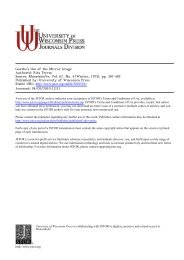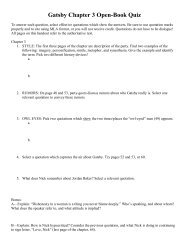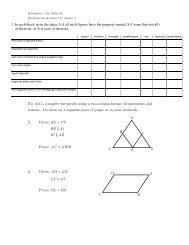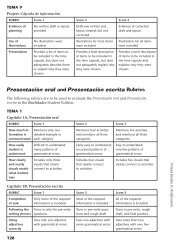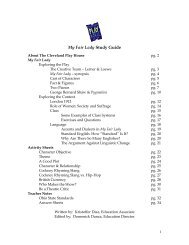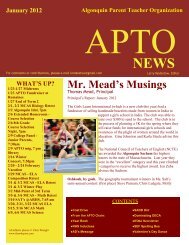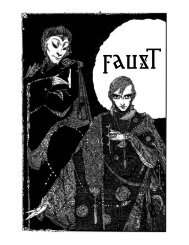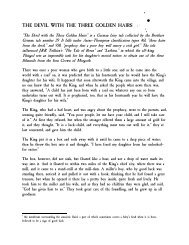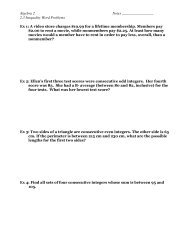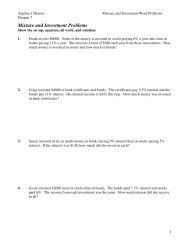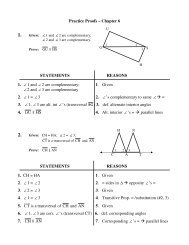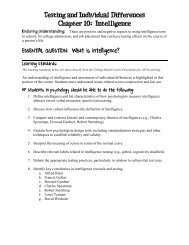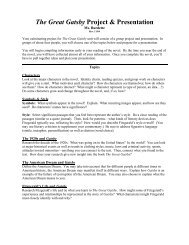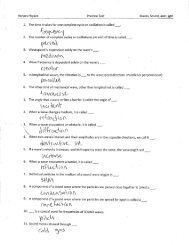Cherry Orchard
Cherry Orchard
Cherry Orchard
You also want an ePaper? Increase the reach of your titles
YUMPU automatically turns print PDFs into web optimized ePapers that Google loves.
RUSSIA 1860 – 1917: THE GATHERING STORM<br />
Living in Russia has never been easy. From the harsh, frozen climate, to the usually<br />
moribund economic policies, to Russia’s proclivity for maniacal tyrants (or is that tyrannical<br />
maniacs?), Russia and its people have seen their share of hardship and turmoil. However,<br />
arguably the most tumultuous<br />
period in the country’s history<br />
was the years between the<br />
emancipation of the serfs in<br />
1861 and the first Russian<br />
Revolution, which occurred in<br />
1905. During this time, an<br />
incredibly large number of<br />
former serfs (nearly 23 million,<br />
or forty thousand times the<br />
population of Providence) were<br />
at once liberated…and<br />
disenfranchised. They were<br />
allowed the right to own land,<br />
but left without the means to<br />
do so, and without any representation in Russia’s monarchal government. This growing sense<br />
of disenchantment would eventually evolve into full blown revolution by 1917.<br />
During the 1800’s, Russia’s population doubled in size while the country maintained an<br />
agrarian, serf based economy, resisting the tide of industrialization which was sweeping<br />
through Europe. The gap between a burgeoning Europe and a decaying Russia was exposed<br />
during the Crimean War (1853-1856), which saw Britain, France, assorted Italian kingdoms<br />
and the Ottoman Empire rout Russia, mostly due to their technological superiority. Tsar<br />
Alexander II (1818-1881, picture below) saw the writing on the wall (and heard the growing<br />
whispers of discontent from his people) and decided to abolish serfdom throughout his<br />
country, hoping the freed serfs would evolve into a prosperous middle class, which would in<br />
turn help revitalize the economy. Alexander also worried that if he didn’t act soon, the<br />
decision might not be his to make. “It is better to abolish serfdom from above than to wait for<br />
the time when it will begin to abolish itself from below,” he<br />
reasoned to a group of Moscow nobles who protested the<br />
emancipation.<br />
His Emancipation Manifesto, which was written two years<br />
before Abraham Lincoln’s Emancipation Proclamation,<br />
allowed serfs to buy land from their noble landowners.<br />
However, part of the emancipation required the serfs to make<br />
redemptive payments and taxes back to the government<br />
(sometimes for as long as fifty years), which left many of the<br />
recently freed serfs back at square one: without money, without<br />
land, and hopelessly in debt to the noble landowners.<br />
Additionally, the serfs still had no say in the government.<br />
6



